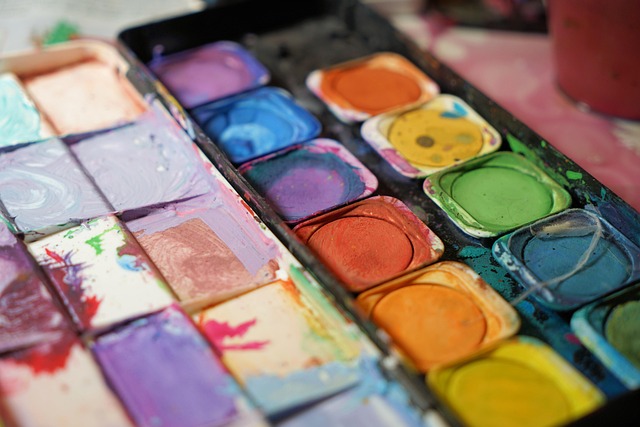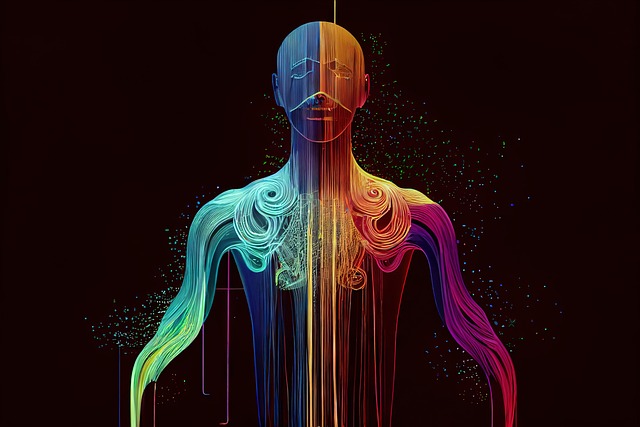Artful Techniques: Photo Manipulation Mastery in Graphic Design
In the vibrant world of graphic design, photo manipulation stands as a powerful testament to the artist’s capability to alter reality and ignite inspiration. This technique transcends traditional boundaries, allowing designers to merge art with technology, creating breathtaking visuals that captivate audiences and provoke thought.
At its core, photo manipulation is the art of transforming an image into something entirely new, whether by enhancing it, combining multiple photographs, or adding surreal elements that challenge perception. The beauty of this craft lies in its boundless possibilities. Designers wield their digital brushes to turn the ordinary into the extraordinary, evoking emotions that resonate with viewers deeply.
The Artistic Approach
Every piece of artwork begins with a vision, a spark that drives the creative process. In the realm of photo manipulation, this vision can be expressed through a myriad of styles, from hyper-realistic edits to whimsical fantasy landscapes. Choosing the right approach requires an acute understanding of both art and design principles. The designer must consider composition, color theory, and storytelling to convey their message effectively.
For instance, consider the evocative power of juxtaposition. By combining disparate elements—an urban skyline with a wild, natural landscape—designers can create striking contrasts that invite viewers to explore deeper meanings. This technique not only captivates attention but also encourages the audience to draw connections between the elements presented.
Mastering the Tools
To truly excel in photo manipulation, mastery over a variety of tools is essential. Software such as Adobe Photoshop offers an extensive toolbox for enhancing images and creating intricate compositions. Armed with this arsenal, artists can employ techniques like layering, masking, and digital painting to bring their imagination to life.
Moreover, understanding the technical aspects of these tools is just as important as the artistic touch. Knowledge of resolution, color profiles, and files formats can make or break a design. A well-manipulated photo must maintain its integrity even when uploaded to various platforms, ensuring the artwork remains striking regardless of its presentation.
Creating Emotional Resonance
Beyond the technical skills, the emotional impact of photo manipulation plays a pivotal role in graphic design. Great art often elicits feelings, whether it’s joy, nostalgia, or introspection. A skillful designer harnesses this emotional power, ensuring that each manipulated image tells a story or communicates a specific mood.
Take, for instance, the use of warm hues and soft textures to evoke nostalgia, or stark contrasts and harsh lines to express tension. Each choice shapes how viewers interact with the work, allowing them to connect on a personal level. This emotional resonance is not just an added benefit; it’s a fundamental goal of any artistic endeavor.
The Path Forward
As technology evolves, so does the field of photo manipulation. New tools and techniques emerge, opening fresh avenues for expression and creativity. Whether you’re a seasoned designer or a budding artist, embracing these innovations can enhance your mastery of this dynamic art form. The ongoing journey of experimentation and growth is what keeps the flame of creativity alive and well.
In the end, photo manipulation is much more than a technical skill; it is a powerful form of storytelling. It allows designers to express their inner visions and share their interpretations of the world, inviting others to view reality through a different lens. As you delve into the artful techniques of graphic design, remember that every image has the potential to spark ideas and emotions, bridging the gap between reality and imagination.




